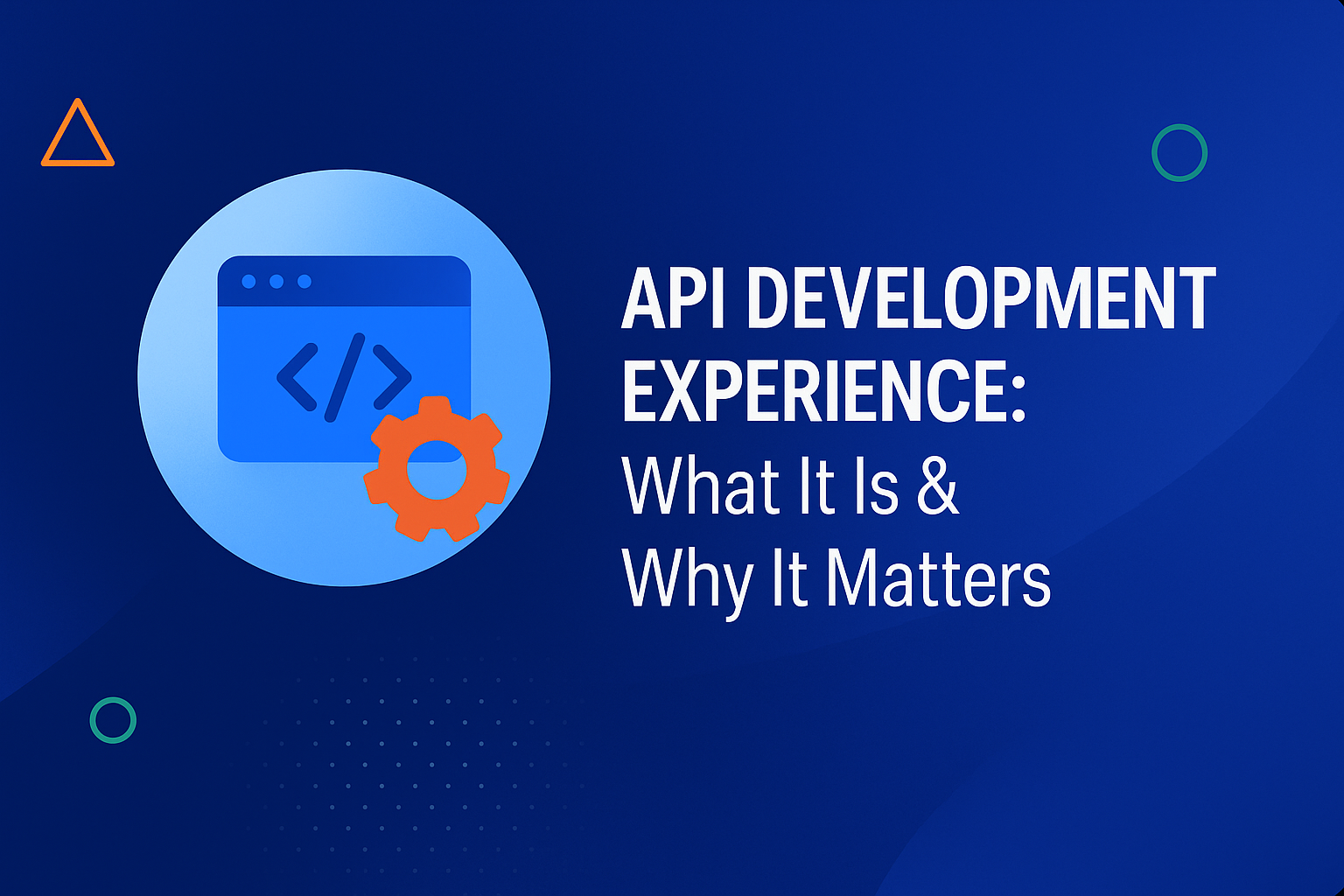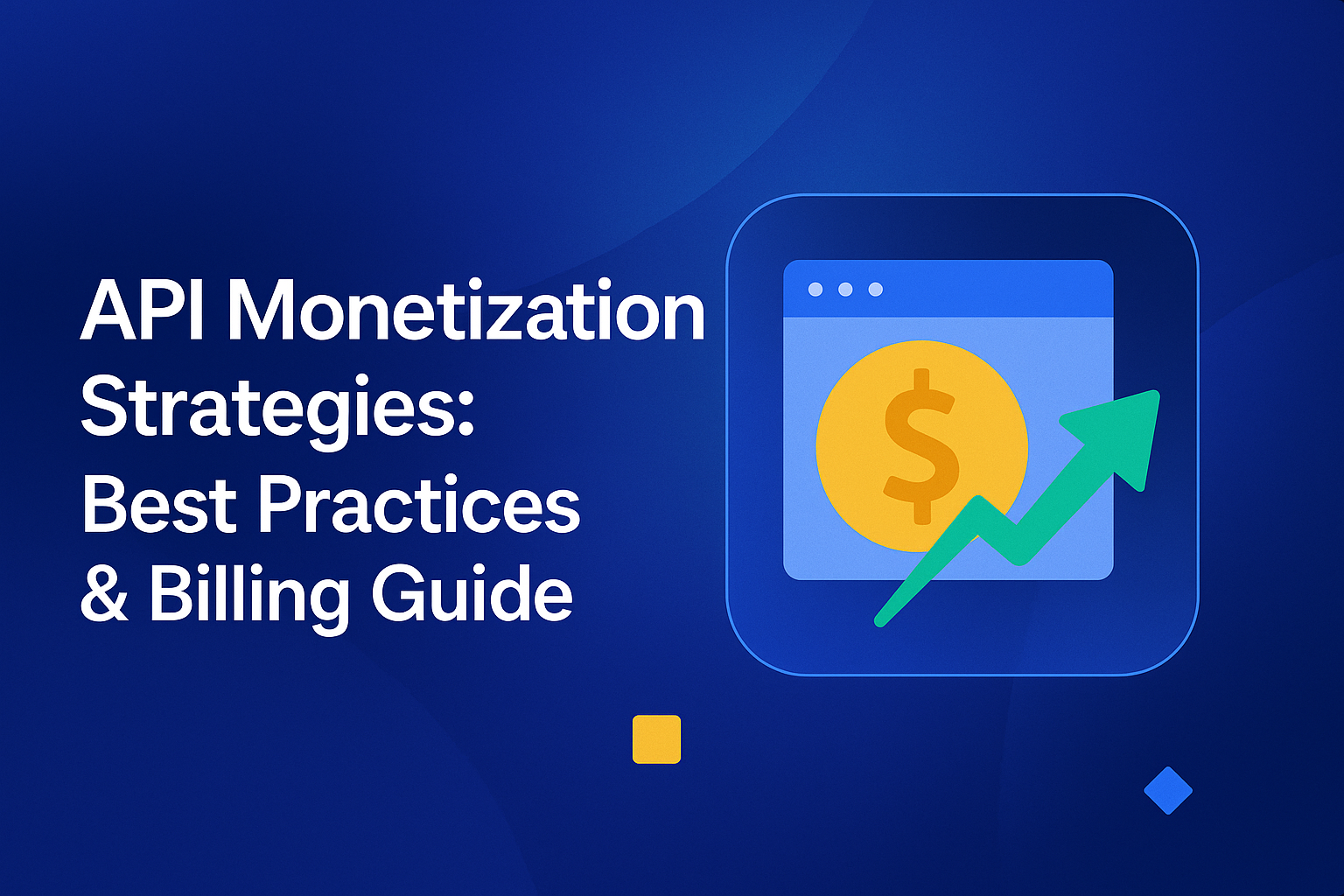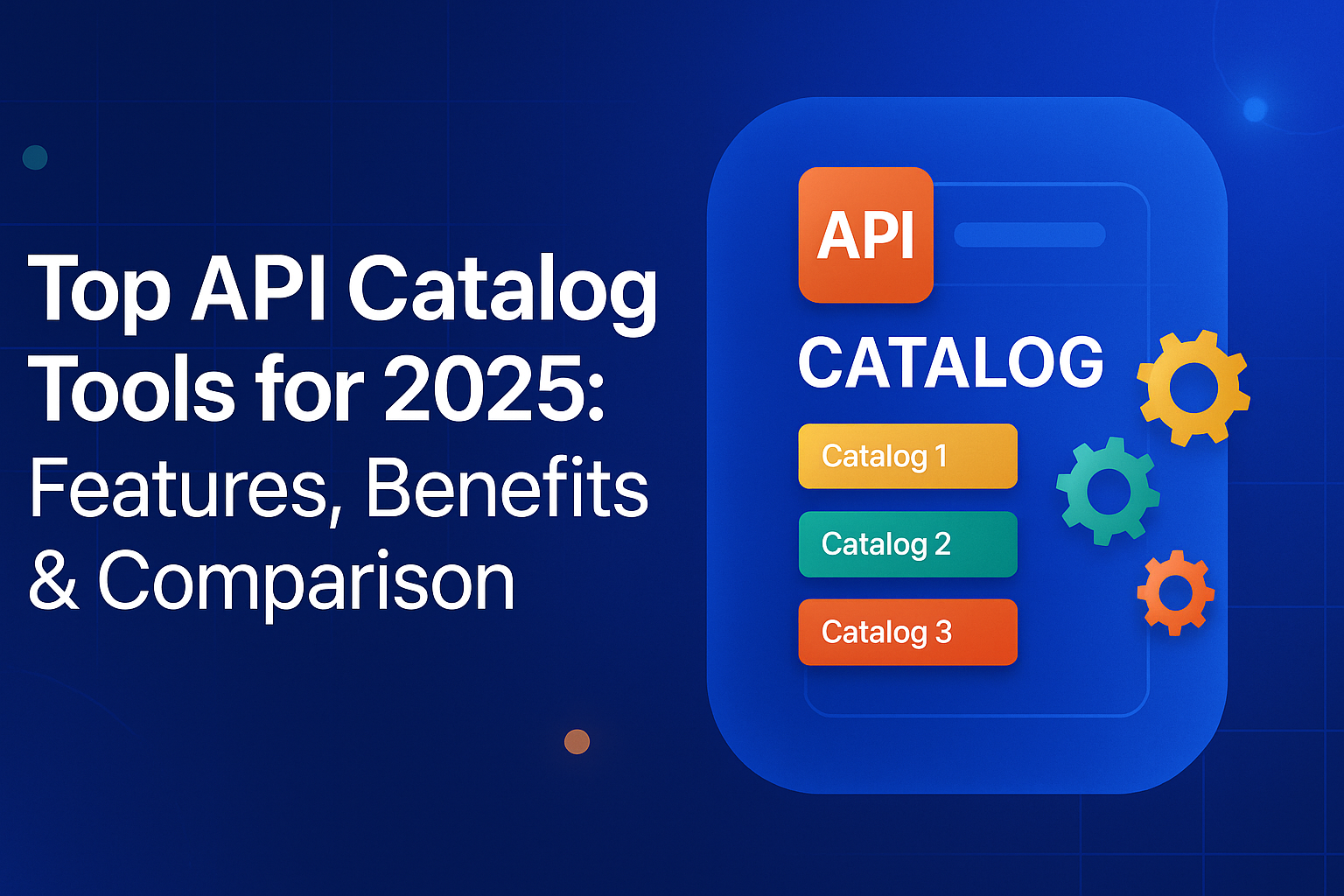
TL;DR
API catalog tools provide a centralized, searchable inventory of all APIs within an organization, helping teams improve visibility, discovery, documentation, and governance in complex multi-service environments.
They eliminate duplicate API development, strengthen standardization, streamline onboarding, and accelerate integration by giving developers and product teams a single source of truth for API ownership and metadata.
The best API catalog tools in 2025 include DigitalAPI, Collibra, Alation, Atlan, Coalesce Catalog, and RapidAPI Enterprise Hub, designed to support large API estates, multi-gateway management, compliance, and scale-ready developer experience.
Imagine starting a new project and discovering that three different teams have already created similar APIs, each with its own documentation style and no clear owner. That is exactly where Top API catalog tools help by restoring a single source of truth. By consolidating interfaces and metadata in one place, an API catalog accelerates delivery, strengthens governance, and keeps standards consistent across teams and regions. As microservices expand, cloud platforms diversify, and AI agents become part of the system, the catalog serves as the control center for API visibility, quality, and compliance.
What are api catalog tools?
API catalog tools are software platforms that help organizations centralize, organize, document, discover, and govern all their APIs in one place. They function like a searchable inventory or library where internal teams, partners, and external developers can easily find existing APIs instead of rebuilding or duplicating them.
Why API catalogs matter in 2025
The shift to microservices, event-driven patterns, and multi-cloud produces sprawling estates across multiple gateways and business units. Without a catalog, discoverability, security, and consistency deteriorate, leading to shadow APIs, redundant work, and governance bottlenecks.
In regulated industries, catalogs also streamline compliance by enforcing standards at design time, documenting lineage and ownership, and producing auditable evidence of policy adherence. With AI-assisted documentation, federated discovery, and lifecycle automation, catalogs now drive both platform efficiency and developer experience.
Top API catalog tools in 2025
1. DigitalAPI (Recognised by Gartner)
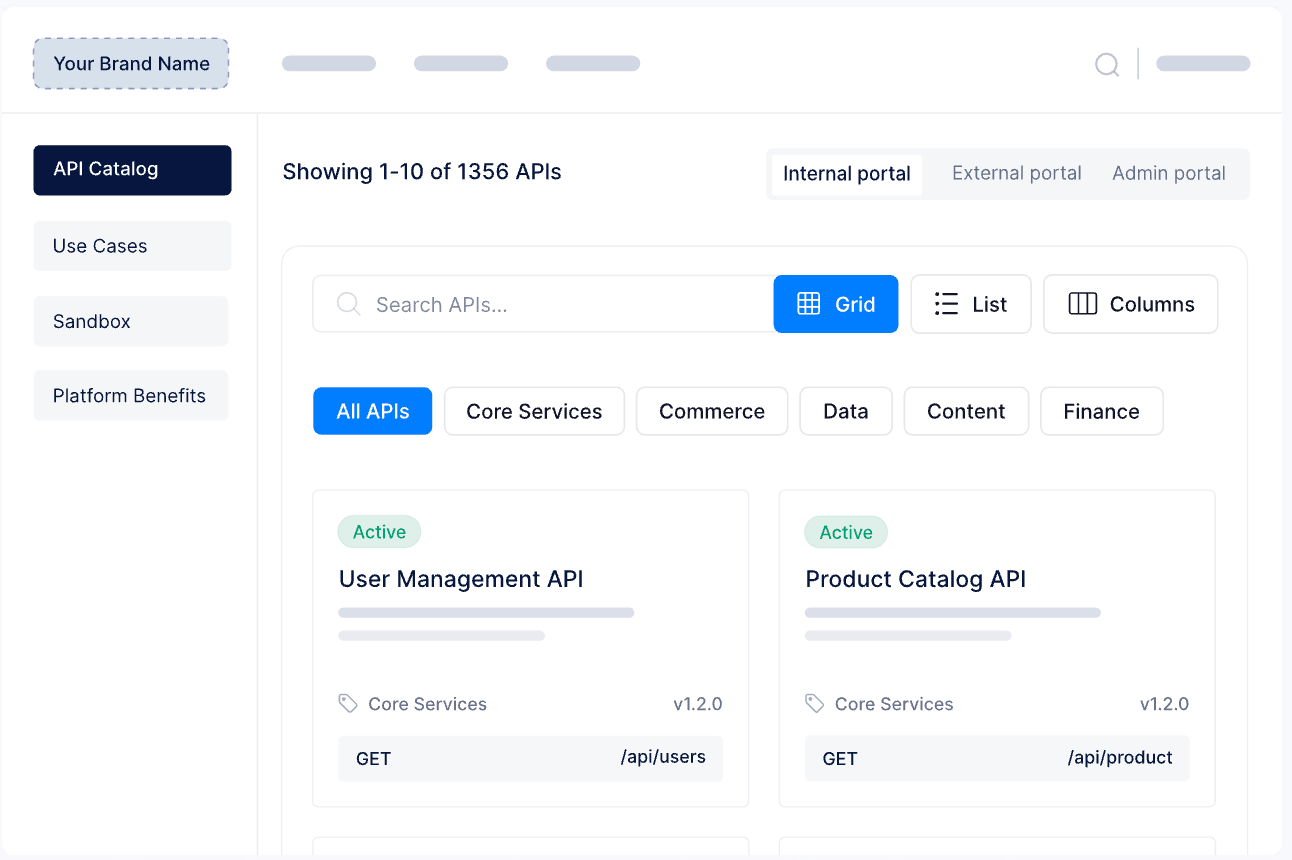
DigitalAPI’s API catalog unifies distributed API estates into a single, authoritative system of record for discovery, metadata, ownership, lifecycle status, and policies across gateways and clouds. It aggregates OpenAPI definitions from multiple gateways, normalizes metadata to business domains, and exposes an AI‑powered search and lineage view so teams can quickly find approved interfaces aligned to their use cases.
Governance is built into the catalog with linting, policy checks, role‑based access, approvals, and audit trails integrated across the API lifecycle, enabling faster releases without compromising compliance. Within the catalog, automation reduces operational overhead through AI‑generated documentation, similarity matching to eliminate duplicates, and usage analytics that surface adoption patterns and performance signals for product decisions.
A self-serve portal and sandbox layer sit on top of the catalog to streamline onboarding, approvals, subscriptions, and testing, transforming accurate, governed metadata into a productivity engine for producers and consumers alike.
Enterprise value: scale, security, and governance
Enterprises operating across multiple gateways, teams, and regions need a single control plane that unifies discovery, documentation, governance, and analytics without disrupting existing stacks. DigitalAPI delivers this by federating visibility, standardizing OpenAPI-first practices, automating policy enforcement, and layering AI to reduce operational toil while improving developer experience and compliance readiness.
- Unified discovery and control across gateways, clouds, and business units to eliminate shadow APIs and duplication.
- OpenAPI-first, policy-as-code governance with design-time and CI/CD checks for consistent, compliant delivery.
- Centralized analytics for usage, performance, and risk to guide deprecations, investments, and monetization.
- Strong access governance with RBAC and scoped visibility, aligned to internal, partner, and external models.
- Automated compliance evidence with audit trails and lineage to simplify regulatory reporting.
- AI-assisted documentation and similarity detection to remove duplicates, close gaps, and raise catalog quality.
- Streamlined developer experience with self-serve subscriptions, sandboxes, and workflow automation for faster approvals.
- Faster, safer integrations using rich metadata, clear ownership, and domain-aligned tagging.
- Higher reliability and fewer incidents through early validation and consistent standards enforcement.
- Lower overhead and faster time to value by unifying governance, analytics, and developer experience in one control plane with automation.

2. Coalesce Catalog
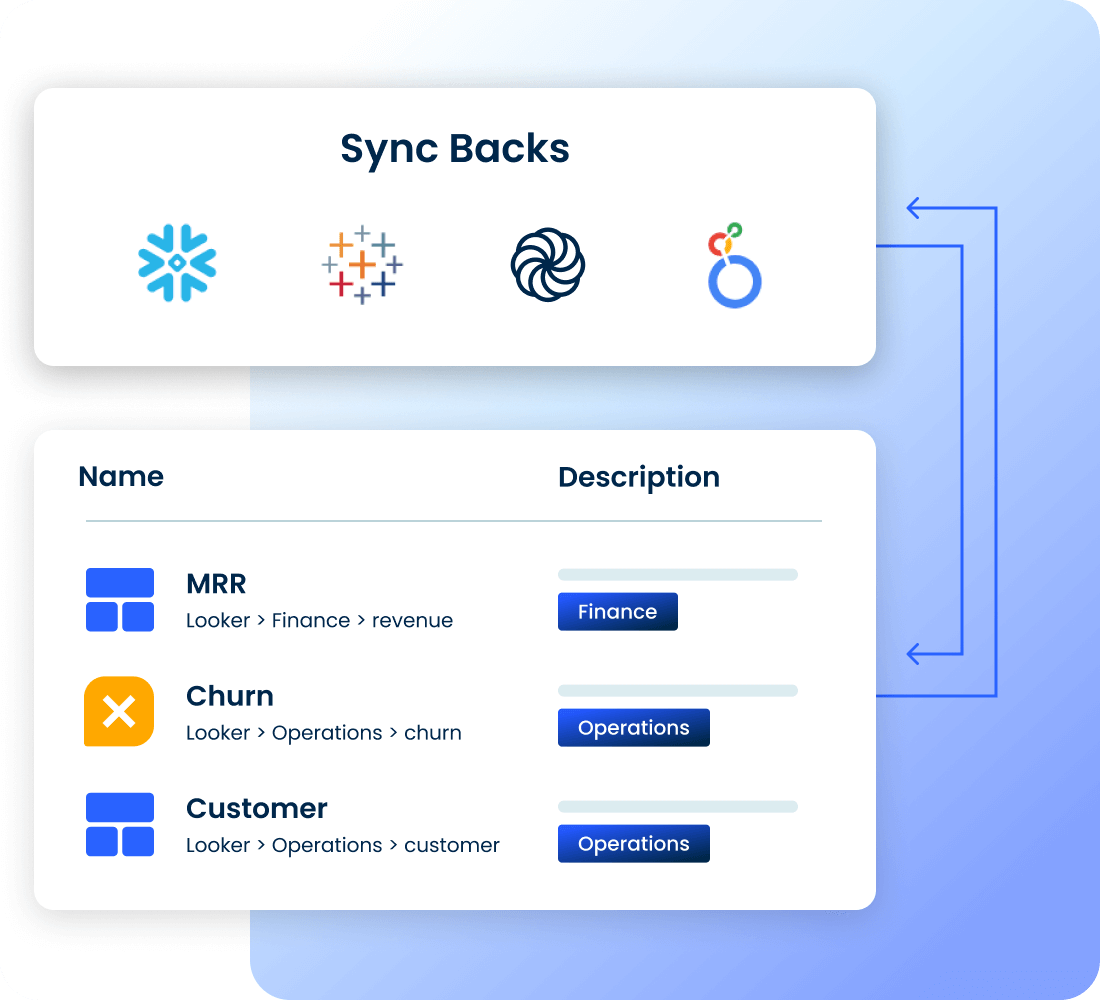
Coalesce Catalog connects API and data product perspectives by emphasizing metadata, lineage, and governance patterns that improve trust and reuse. By organizing services alongside data assets, teams gain visibility into provenance, ownership, and quality signals that matter in integration-heavy environments. This alignment helps reduce uncertainty for downstream consumers and supports domain-oriented architectures where APIs expose authoritative data products. It also accelerates compliance by auto-tagging sensitive data, propagating access policies, and maintaining auditable lineage as models and services evolve.
Key features
- Robust metadata management that captures definitions, schemas, ownership, lifecycle status, and cross-asset relationships to enhance discoverability.
- Lineage views that help teams understand upstream and downstream dependencies, clarifying change impact and compliance scope.
- Governance workflows to standardize naming, documentation, and access policies, reducing drift and easing audits across domains.
- Search and tagging that align APIs with business concepts, making it easier to find correct interfaces and avoid redundant implementations.
Recommended teams
Enterprises that want to bridge API and data governance, especially where analytics, transformation pipelines, and services coexist. Teams prioritizing lineage, quality, and domain alignment will find Coalesce valuable for building confidence in reuse and accelerating safe delivery across complex data-service meshes.
3. Collibra Data Catalog
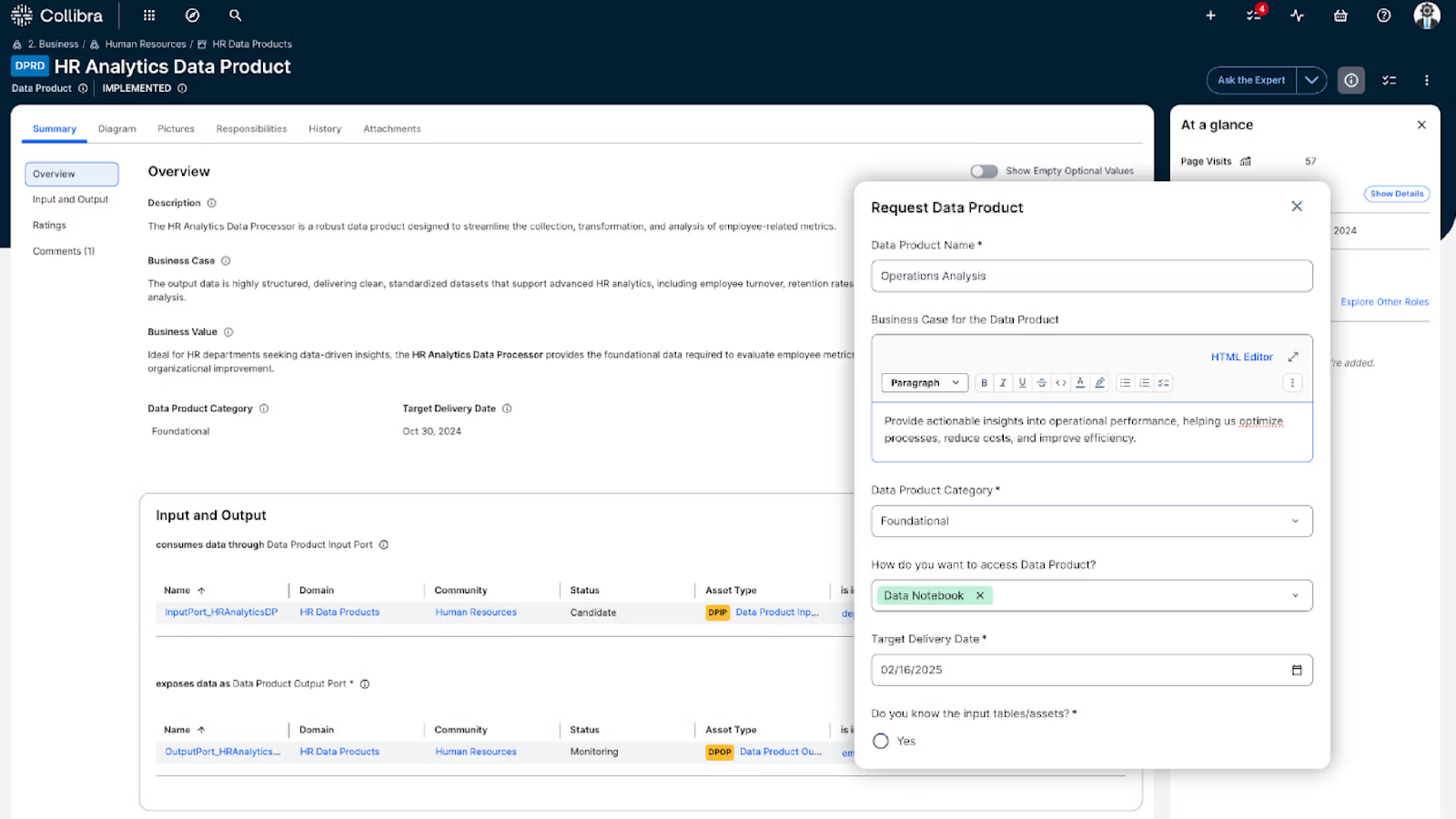
Collibra is a leading enterprise catalog for governance, stewardship, and policy management that many organizations adapt to API contexts. It centralizes metadata and processes so teams can present APIs as governed assets with clear ownership, standards, and definitions. This governance-first approach is especially effective in regulated industries that need strong controls without slowing innovation. It strengthens compliance with automated classification of sensitive data, policy templates, approval workflows, and audit-ready reporting that make evidence easy to produce. Robust lineage and impact analysis link APIs to upstream datasets and downstream consumers, helping teams assess risk, manage change, and coordinate deprecations with confidence.
Key features
- Enterprise-scale governance workflows that enforce policies, approvals, and documentation standards across API lifecycles.
- Lineage and relationship mapping to provide context for API consumers, improving trust and enabling safer, faster integration.
- Role-based access and policy controls to safeguard sensitive interfaces and maintain compliance.
- Collaboration features that capture business context, definitions, and usage guidance to reduce ambiguity and rework.
Recommended teams
Large enterprises with mature governance needs seeking consistency across APIs and data products, especially in finance, healthcare, and other regulated sectors. Collibra’s process rigor suits organizations formalizing API ownership, lifecycle checkpoints, and auditability.
4. Alation
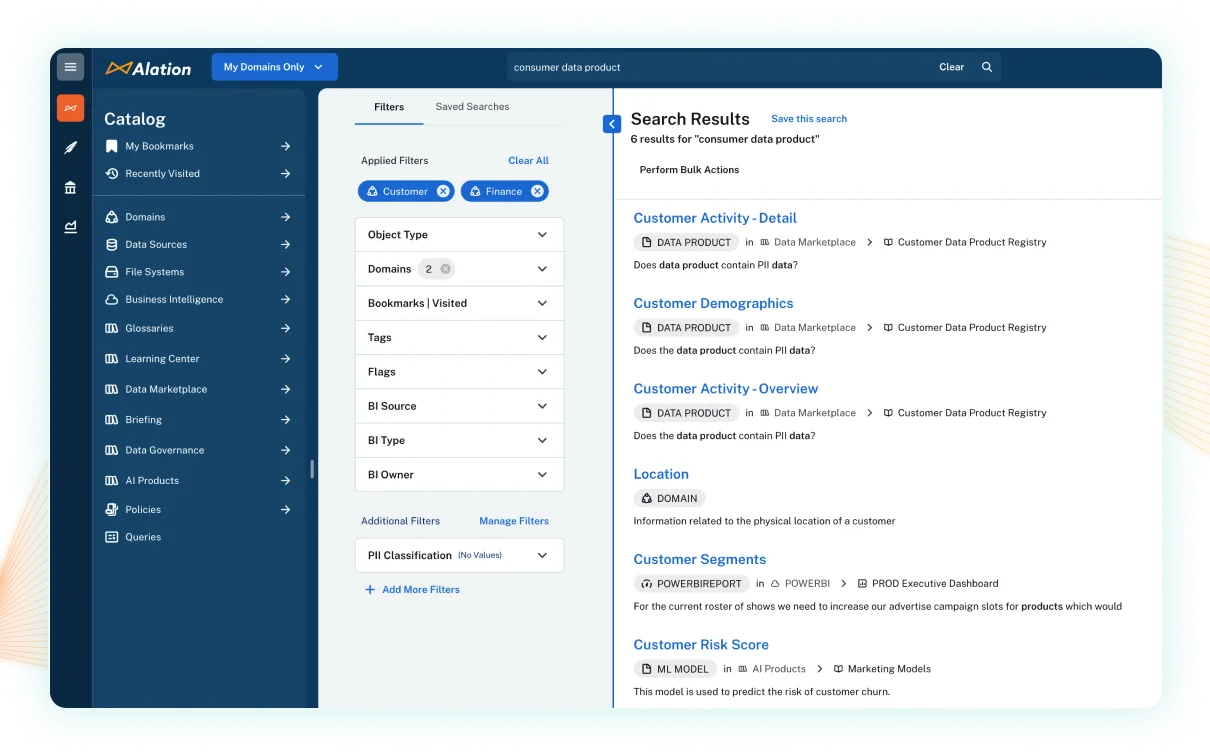
Alation brings a discovery and collaboration-first experience that translates well to API cataloging where search quality, clarity, and shared knowledge matter. By combining intuitive search with stewards’ expertise and community input, Alation helps teams resolve ambiguity and align on the right interfaces for common use cases. Its user experience encourages adoption, which is crucial for sustaining catalog hygiene at scale. It also layers a shared business glossary and policy context into the discovery flow so producers and consumers see standards, ownership, and classifications alongside each API, reducing guesswork and rework.
Key features
- Behavioral intelligence and strong search to improve findability and guide teams to high-quality, well-documented APIs.
- Governance overlays and policy context that make standards visible at the point of discovery and decision.
- Collaboration tools for annotations, endorsements, and knowledge capture that bring tacit expertise into the catalog.
- Integrations that sync metadata from diverse sources, keeping the catalog current without manual effort.
Recommended teams
Organizations prioritizing adoption, collaboration, and high-quality search, particularly where cross-functional alignment is a pain point. Alation suits platform and product teams focused on enabling confident self-service with clear, consistent guidance embedded in the experience.
5. Atlan
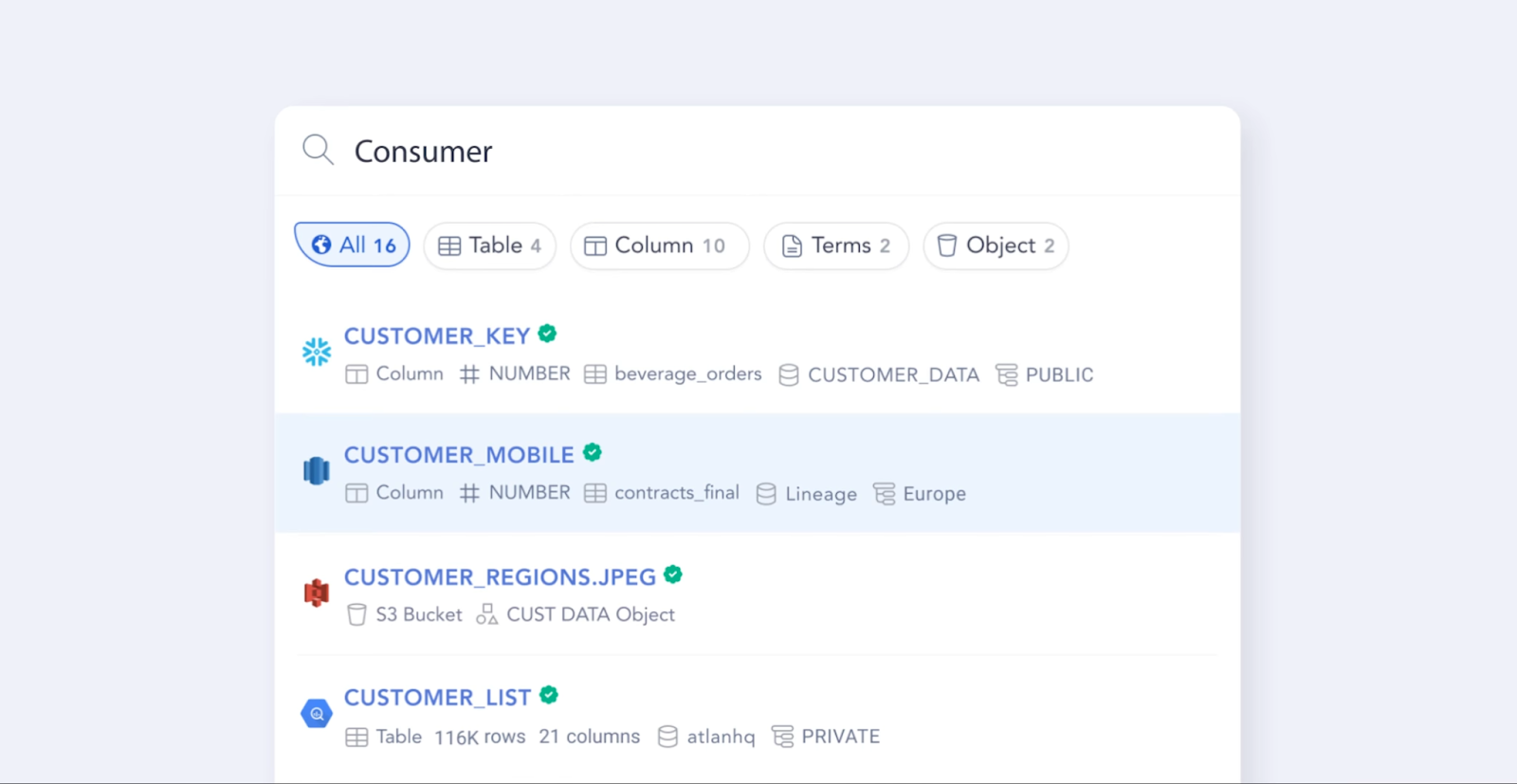
Atlan positions itself as a modern data workspace that emphasizes usability, lineage, and collaboration, qualities that map effectively to APIs exposed as data products. By unifying service metadata with data context, Atlan helps teams present APIs with the clarity consumers need to integrate quickly and safely. Its focus on ownership and domain alignment supports platform-level consistency across fast-moving organizations. Active lineage and impact analysis make upstream and downstream dependencies clear so teams can assess risk and plan changes with confidence.
Key features
- Rich lineage views that connect APIs to upstream systems and downstream consumers, clarifying change impact and risk.
- Collaboration workflows and ownership models that make accountability explicit and accelerate documentation quality.
- Flexible metadata, tagging, and glossary capabilities that align APIs to business domains and shared definitions.
- Access controls and policy hooks that help enforce standards and maintain compliance at scale.
Recommended teams
Teams that want a user-centric experience with strong lineage and collaboration, especially where APIs are tightly coupled to critical data products. Atlan’s emphasis on clarity and ownership supports domain-driven delivery and safer reuse across complex estates.
Here’s a ready-to-use section with a concise comparison table for quick evaluation.
DigitalAPI vs Coalesce vs Collibra Data vs Alation vs Atlan
The right choice depends heavily on whether the organization needs a dedicated API catalog with strong developer experience or prefers to manage APIs within existing data governance workflows. Here's how they stack up across the capabilities that matter most.
8 Key features to look for in API catalog tools
Selecting a platform that balances governance and developer experience is essential for scale and speed. The following capabilities consistently separate mature catalogs from static registries:
- Unified discovery and search: Centralized, intent-aware search across gateways and domains, with filters for version, domain, lifecycle status, security, and owner.
- OpenAPI-first workflows: Validation, linting, and auto-docs to standardize definitions, catch issues earlier, and generate consistent artifacts for humans and AI.
- Lifecycle and governance: Embedded policy checks, approvals, RBAC, and audit trails to enforce standards from design to deprecation.
- Security and compliance: Vulnerability checks, secrets policies, encryption and PII tagging, regulatory templates, and reporting.
- Developer experience: Self-serve onboarding, sandboxes, subscription flows, code samples, and SDK/test generation to reduce time-to-first-call.
- Analytics and observability: Usage, performance, and adoption insights to guide deprecations, investments, and capacity planning.
- Multi-gateway federation: Integration with existing gateways and clouds to reduce sprawl while preserving optionality.
- AI assistance: Auto-documentation, duplicate detection, intelligent search, and workflow automation that shrink operational overhead.
How to choose the right API catalog tool
Start with an honest inventory of the API landscape, including the number of services, gateways, domains, teams, and compliance obligations, and clarify the outcomes most needed. If discoverability and adoption are weak, prioritize search and developer experience; if governance is inconsistent, emphasize policy automation, auditability, and lifecycle controls. For estates spread across multiple gateways and clouds, federation and metadata normalization are non-negotiable.
Map requirements to reference workflows
Capture design-time, build-time, and run-time checkpoints, then test how each tool enforces standards and updates metadata automatically.
Validate real developer journeys
Confirm the portal, sandbox, subscription, and testing flows are lightweight and integrate with existing toolchains to avoid process fatigue.
Prove scale and change management
Pilot across multiple domains and gateways, including version negotiations, deprecations, and cross-team ownership transitions.
Align security and compliance
Ensure policies cover authentication, authorization, secrets, PII, and data residency, then verify audit artifacts are complete and accessible.
Plan for AI-readiness
Favor OpenAPI-aligned catalogs with high-quality metadata and consistent documentation to enable safe agentic consumption and automation.
Choose a catalog that scales with teams
API catalogs have matured into platforms that unify discovery, governance, and adoption, making them essential for delivering secure, high-velocity software in 2025. Choosing a solution that supports OpenAPI-first workflows, federates across gateways, and automates policy enforcement will reduce duplication, hasten delivery, and improve compliance across the enterprise.
With the right catalog in place, and a focus on developer experience, platform and product teams can finally turn sprawling API estates into coherent, reusable, and AI-ready products.
FAQs
1. What is an API catalog used for?
An API catalog centralizes definitions, documentation, metadata, and policies so teams can discover, understand, and safely reuse interfaces with confidence. It reduces duplication, improves consistency, and creates auditable evidence of governance and ownership for every stage of the API lifecycle.
2. How is an API catalog different from a developer portal or gateway?
A catalog is the authoritative registry and governance layer for APIs across the estate, while a developer portal is the curated consumption interface that presents docs, sandboxes, and subscription flows. A gateway manages traffic and enforces runtime policies; a catalog spans multiple gateways to unify metadata, lifecycle status, and analytics.
3. Which API catalog tool is best for large enterprises in 2025?
Enterprises with multi-gateway and multi-cloud complexity benefit from platforms that federate discovery, standardize OpenAPI workflows, and automate governance end to end. A governance-forward catalog paired with strong developer experience features typically delivers the fastest time to value without forcing rip-and-replace decisions.
4. Can API catalogs help with compliance in finance and healthcare?
Yes, catalogs embed standards through policy checks, approval workflows, RBAC, lineage, and audit trails, reducing manual overhead and strengthening regulatory posture. They also improve transparency by documenting ownership, data classifications, and change history that regulators and auditors expect to see.
5. How do AI and automation improve API catalog management?
AI assists with auto-documentation, duplicate detection, intelligent search, and policy-driven automation that accelerates delivery while improving consistency. These capabilities reduce operational toil, raise documentation quality, and make APIs more consumable by both developers and AI agents.
6. What are the best API catalog tools in 2025?
The best api catalog tools are DigitalAPI, Collibra, Alation, Atlan, Coalesce Catalog, and RapidAPI Enterprise Hub are the top API catalog tools based on governance features, developer experience, and multi-gateway support
You’ve spent years battling your API problem. Give us 60 minutes to show you the solution.
.svg)



